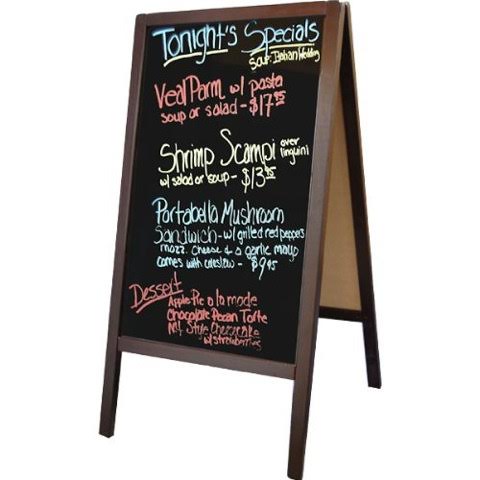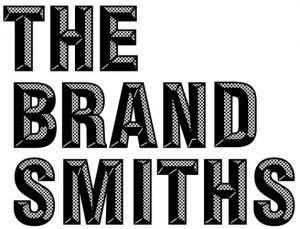
I can’t remember the last time…I had time.
When I wasn’t in a hurry.
When I wasn’t doing two, three, even four things — at once.
This is unprecedented. Perhaps even sacred.
Strangely, I’m now beginning to realize how upset I’ve been at never having enough…
Hours…..Space…..Width…..Depth.
We, as a culture, know so little about staying in one place. About settling in. About being quiet, within the quiet, in the soft corners of our interiors. We talk about it. But how much do we embody it?
Our footprints are on everything, even while we talk about stillness.
Our minds are everywhere, even as we preach about mindfulness.
Yet, there are some of us — many of us I’m learning — who see the gift in this (undoubtedly) finite moment.
We are doing things we haven’t had time to do in years. Our schedules are empty, and one thing doesn’t have to be sacrificed for another, because the day just got a lot longer. We aren’t checking the box, we’re climbing out of it — even as we’re confined to it. For the first time in a long while, we can hear ourselves think. Yes, the thoughts are scary, uncertain, confronting and even bleak at times. We see suffering, and fear.
But somewhere, deep inside, is that relief I also feel?
A regeneration is happening.
What can we learn?
What can be birthed — in all this space?
What closure — within us, around us – has been forced, that needs to
take hold?
I hope this time can and will mean something. Because unequivocally, we are getting a message, if we’re willing to hear it.
Could this be the beginning of everything that needs to be next?
I’m going to let it come.
And then, let it roar.
I want to be ready for something precious and bold.
I want this to be the time…
we didn’t go back to that.
We have some change to make.
PS in case you missed it, check out our last post, Uncertainty.







